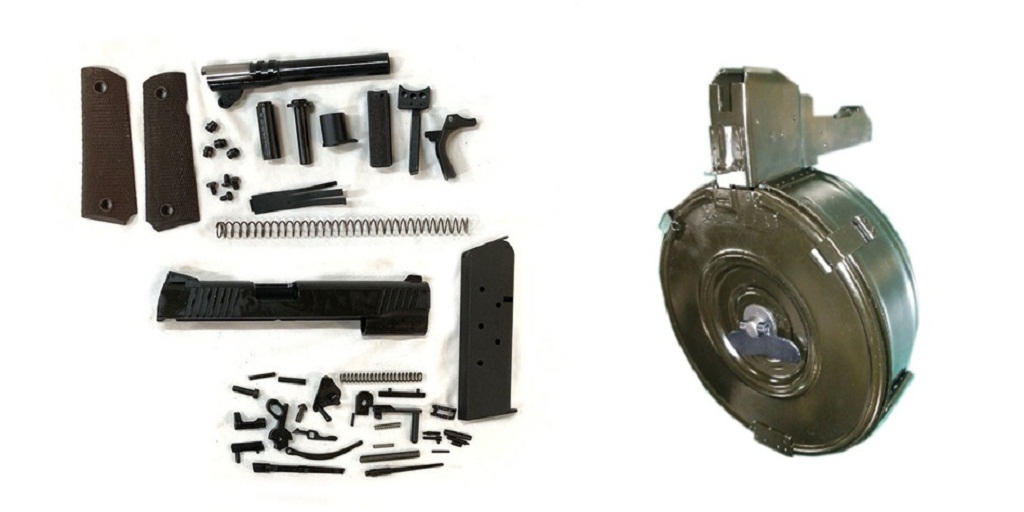In 1968, when the Gun Control Act (GCA) was passed in the United States, all items that are recognized as firearms by the federal government were required to be produced with serial numbers. This includes all cartridge-firing, centerfire and rimfire handguns, shotguns and rifles, among others. Many other types of arms, including muzzleloaders, are also commonly produced with serial numbers, despite the fact that they are regulated differently from modern firearms.
This, along with other identifying marks on the receivers and frames of most firearms, makes very precise identification possible, even down to when and where the model was produced. However, before the present time, many firearms, nowadays considered curios or antiques, were produced not only without serial numbers but with a dearth of identifying characteristics.
This does not mean, however, that they are without their unique marks. Sometimes all you need to do is a little bit of digging or investigation in order to identify a firearm so that you can find the right antique gun parts.
First, check the barrel near the chamber, or around the lock. Sometimes gunsmiths, manufacturers and other producers would leave trademarks, insignia or stamps thereabouts. It’s one of the first places you should look for distinguishing characteristics and may bear the marks of the maker.
If there are no marks around the receiver or on the lock plates, then check the sides of the barrel further forward for any other distinguishing marks or characteristics. There may be unique marks on the barrel that can help you identify a firearm.
If you cannot find anything on the barrel or on the lock plates, then check the butt plate. Although many modern firearms are made without butt plates or have synthetic or rubber plates instead of the antique steel or brass plates, originally, makers would occasionally leave you unique identifying marks on these plates.
If you’re unable to find any unique marks or features on the lock plates, butt plate or barrels, then one more place you should check is on the bottom surface of the trigger guard. Occasionally, a trigger guard may bear the name of the manufacturer, even if it does not have any more individualized marks.
If you simply cannot find any identification on any of the parts of the gun listed so far, then your safest bet is to take the firearm in question to an experienced shop or collector who may be able to help you identify it with confidence. Without a proper identification, finding the right antique gun parts will be a guessing game – and something in which you should not participate.
Take the guesswork out of identification and get in touch with the professionals at Sarco, Inc. You can visit them in their shop in Easton, PA to help get a positive read on your antique firearm, and there’s a good chance that they can put you in touch with the right parts for it as well, although if you prefer the convenience of shopping online, you can also check out their collection at SarcoInc.com or give them a call at 610-250-3960 for more information.



